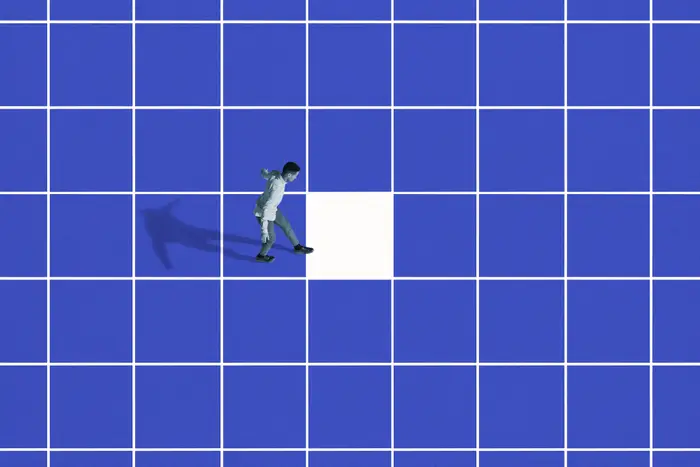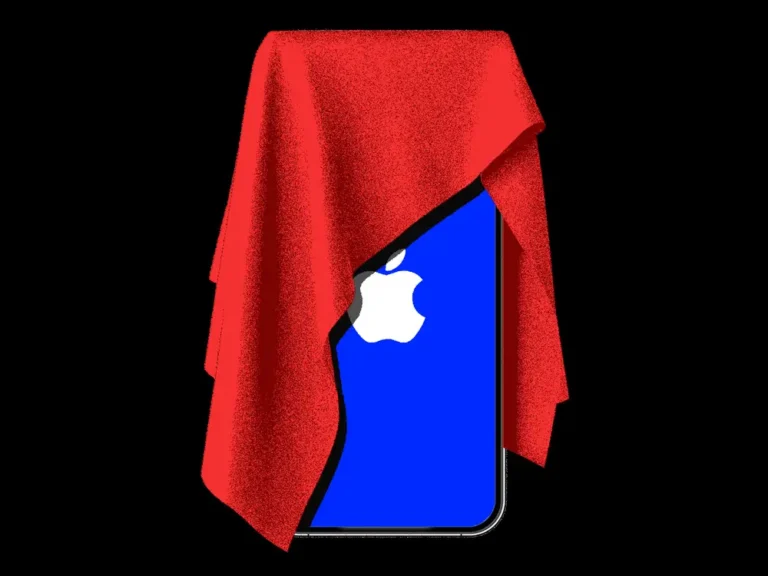Sorry, Android users. Green text bubbles aren’t going away anytime soon.
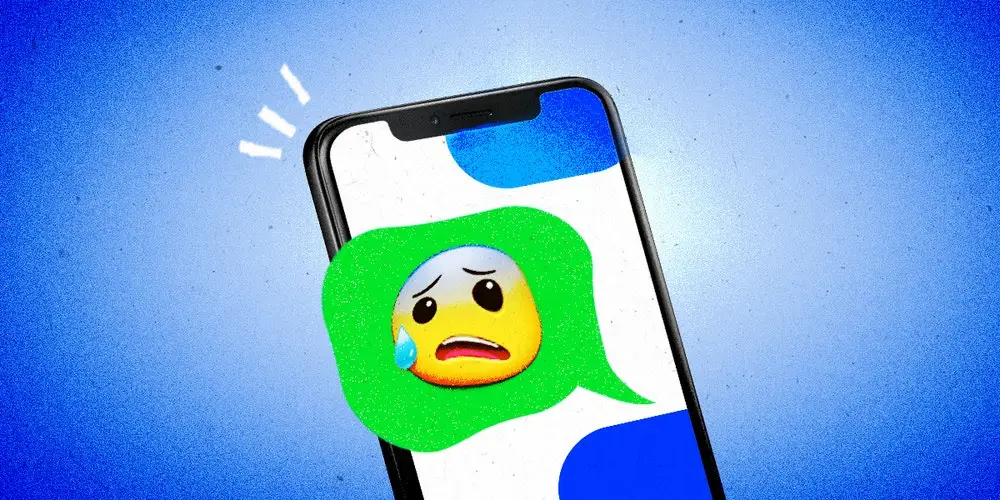
Android and iPhone owners have plenty to celebrate after Apple’s big WWDC keynote, which revealed changes to how messaging between the two rivals will improve in iOS 18.
But Apple is still holding out on getting rid of the much-hated green text bubbles, according to a first glimpse from Apple.
Apple previously announced that it would support the Rich Communication Services, or RCS, protocol in its Messages app, but now we know more about how it will work and when it’s launching. It’s a big improvement over SMS, and the changes will roll out in the fall with iOS 18.
If you’re an iPhone owner, Apple’s RCS adoption means your Android friend won’t receive a grainy compressed video or photo the next time you send one over. It will also introduce read receipts between the two devices.
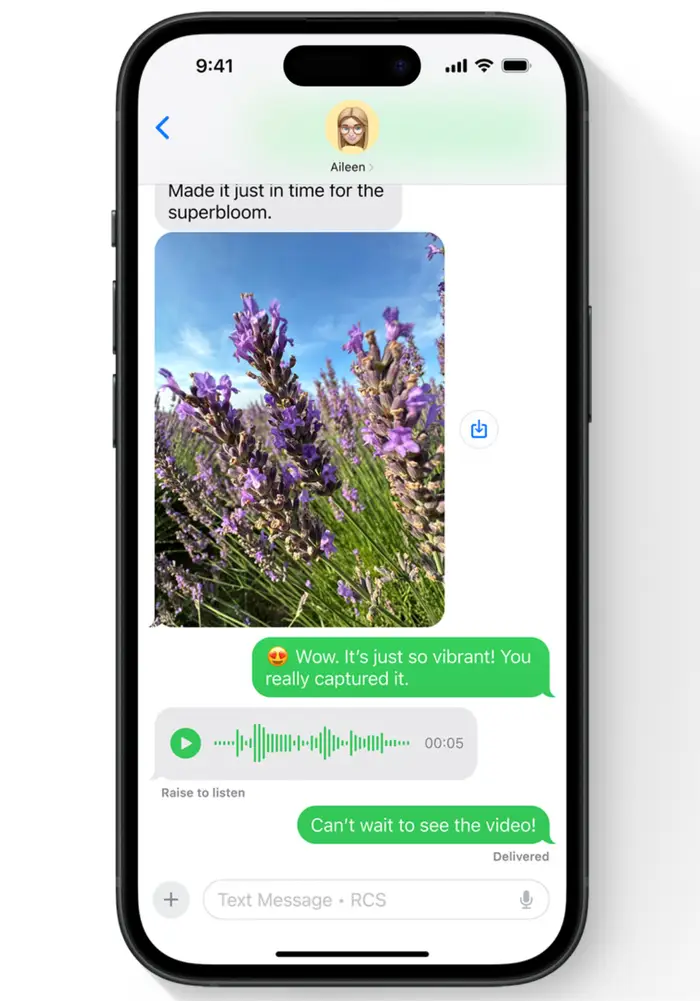
A screenshot of RCS support on Apple’s Messages app, showing texts with an Android.
RCS also makes it possible for emoji reactions to be more in line with the iMessage experience, ditching the written-out descriptions of an emoji reaction (“John loved your message” rather than the literal heart emoji reaction) and adding typing indicators. Apple didn’t specifically highlight if those features will be available in the fall, but it’s possible they could be.
Google spent years pressuring Apple to adopt RCS.
Apple finally caving is certainly a victory for Android users, but there’s just one catch: Android bubbles are staying green.
While it may be easy to write off green bubbles as a superficial differentiator, the visible divide between Android and iPhone text bubbles has faced criticism from smartphone users. In August 2022, Google launched the #GetTheMessage campaign, which specifically highlighted the blue-green bubble issue.
“Texting between iPhone and Android is broken. It’s time for Apple to fix green and blue bubbles, and texting for everyone,” the social text said.
Apple, for its part, has said it’s important to denote when someone is texting with someone else on the iMessage protocol because there’s added security via end-to-end encryption that isn’t present in SMS texts between iPhones and Androids (green text).
But the green bubbles are also something that can convince people to jump ship from Android to Apple — and keep iPhone users in its ecosystem. If an iPhone user switches to Android, they’ll have to get used to green text bubbles when messaging with iPhones.
In 2021, legal documents revealed that Apple decided against developing an Android version of iMessage.
“The#1 most difficult [reason] to leave the Apple universe app is iMessage . . . iMessage amounts to serious lock-in” said a former Apple employee in 2016.
Phil Schiller, an Apple executive in charge of the App Store, later said, “Moving iMessage to Android will hurt us more than help us.”
The Department of Justice’s antitrust lawsuit against Apple specifically calls out the green messages. The filing claims that it “signals to users that rival smartphones are lower quality” and causes “social stigma, exclusion, and blame for ‘breaking’ chats where other participants own iPhones.”
Neither Apple nor Google immediately responded to our request for comment ahead of publication.
The green bubble stigma is very real, especially for younger consumers. The Wall Street Journal reported in 2022 the experience of several college students as non-iPhone users, with one even saying that “people don’t seem to like green text bubbles that much and seem to have this visceral negative reaction to it.”
It’s a sentiment that continues to be loudly expressed, like this tweet that received over 70,000 likes.
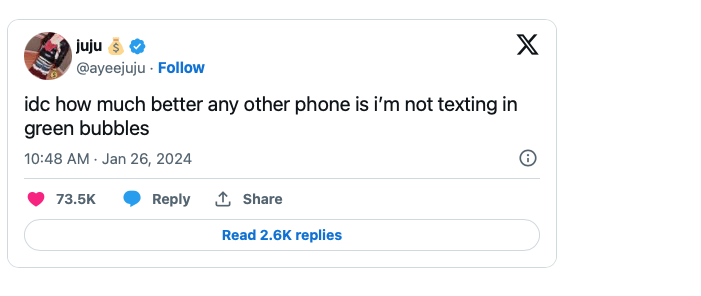
And there are signs Apple’s strategy is working. A 2021 survey conducted by Piper Sandler found that 87% of teens own an iPhone.
So while RCS will definitely bring some improvements come fall when iOS 18 launches, it will still be glaringly obvious for iPhone users when they’re messaging with Android users.
For Apple, that’s good for business.

